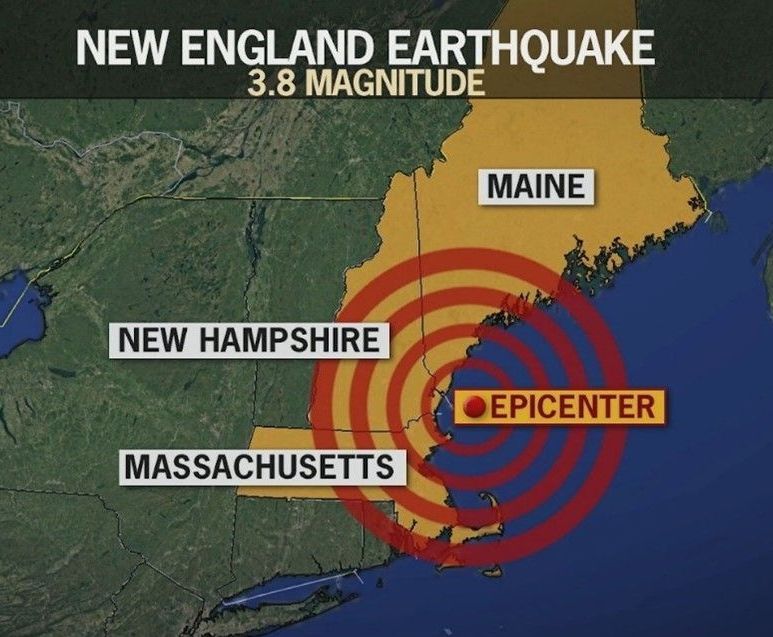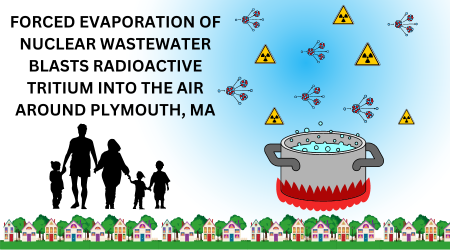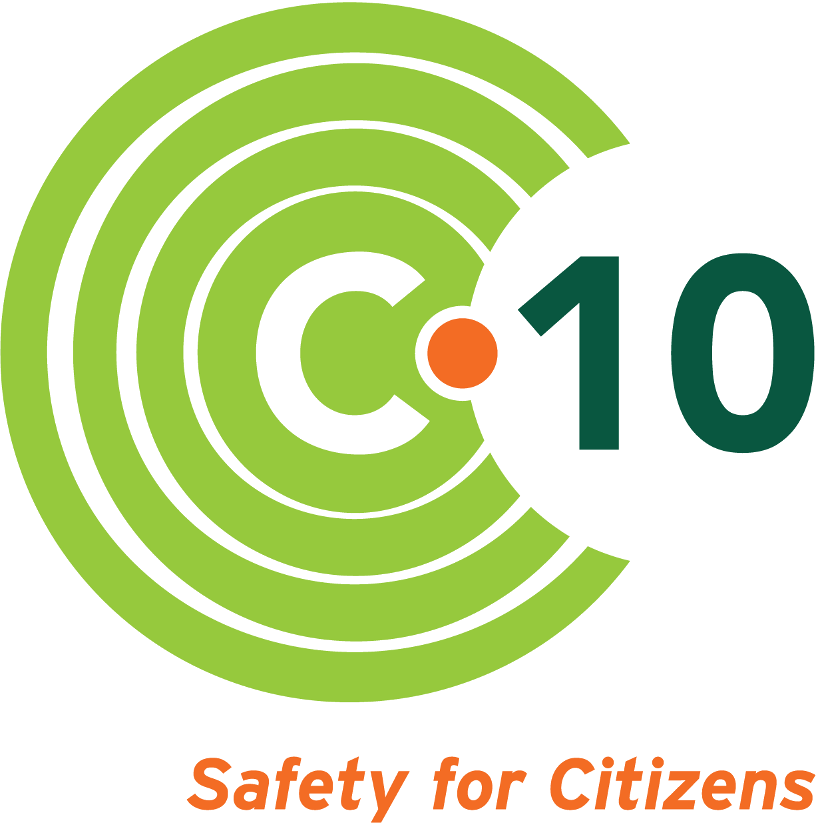Reflecting on our success and looking ahead
Remarks by C-10's board president

Executive director’s note: This fall, C-10’s board of directors held a retreat to discuss goals and plans for our next three year strategic plan. A lot has happened in the four and a half years since I became executive director of this small but mighty organization. In 2017, we hadn’t yet launched our legal challenge on how Seabrook Station is handling its degrading concrete. Now we’re continuing our watchdog efforts, having won stronger federal oversight of the problem.
As we continue to mark our 30-year anniversary since incorporation, we are looking to the future—one where strong oversight of our nuclear neighbor will continue to be important. I’m grateful to all of our members and supporters, and especially to board members like Patricia Skibbee of West Newbury, our long-time president. Following is an excerpt of the reflections Pat delivered when we met at CI Works, the historic mill building in Amesbury where our office is located.
Look around at where we are and who we are today.
Our accomplishments over the past two to three years—and in fact over the past 30 years—are amazing.
Today, we are meeting in this beautiful facility in the heart of the Seabrook nuclear plant emergency planning zone. Look at each other: we are a team of spectacular, dedicated, focused, brilliant people who come together out of commitment to keeping each other and all around us safe.
What we’ve achieved is almost unbelievable.
In January 2020 we moved from our free, long-time downtown Newburyport headquarters to this fantastic facility where we have to pay (very reasonable) rent, and that has worked.
Thanks to the leadership of Chris Nord, in 2019 C-10 gained intervenor status in plant owner NextEra’s License Amendment Request (LAR) case relative to alkali-silica reaction (ASR) that was being heard by the US Nuclear Regulatory Commission (NRC).
Thanks to our emerita research director Debbie Grinnell and others, C-10 already knew about ASR—the chemical reaction known to NextEra since 2009—that was eating away at the concrete structures at Seabrook Station. With untold hours of our own time and energy, we learned about ASR to the point that we could engage with NRC staff and plant attorneys on this issue. Intense and successful fundraising earned us the vital services of Attorney Diane Curran.
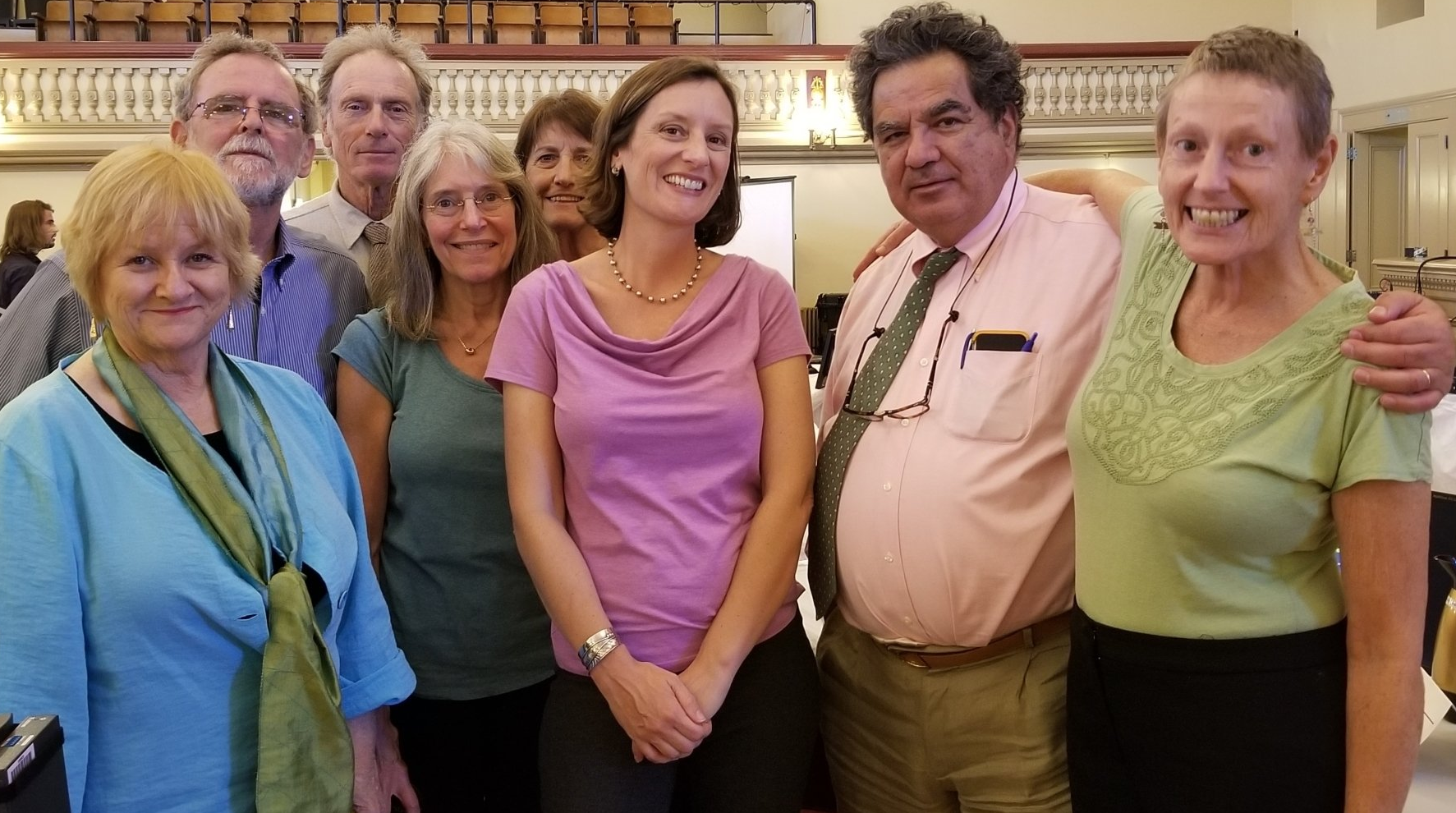
Dr. Victor Saouma , a leading ASR expert from the University of Colorado Boulder, felt compelled to join us in the action to convince the NRC’s Atomic Safety and Licensing Board to force NextEra to assess and monitor ASR in more thorough and scientific ways.
We will always honor long-time member Diane Teed for her “representativeness” argument: testing concrete in a Texas lab is NOT testing the concrete at Seabrook. The Atomic Safety and Licensing Board sided with C-10 and set new licensing conditions, not everything we asked for, but way better than would have been the situation without C-10.
Also within the past several years, the NRC has agreed to extend the plant’s operating license to 2050, a 20-year extension beyond the initial license that lasts until 2030. But as we know, Seabrook’s operators have to demonstrate safety and operability every day; who knows how the worsening concrete problems could change the timeline.

We found Peter Somssich in New Hampshire, a Portsmouth State Representative and retired engineer committed to radiation monitoring and nuclear safety. He has helped us raise funds and has himself donated generously toward expanding real-time radiological monitoring in New Hampshire —the state that is home to Seabrook Station, but has never publicly funded real-time monitoring as Massachusetts has, almost since the beginning.
C-10 now has six monitoring stations in N.H., all privately funded. This is double the coverage we had just two years ago. Yet we must work hard to continue funding this effort.
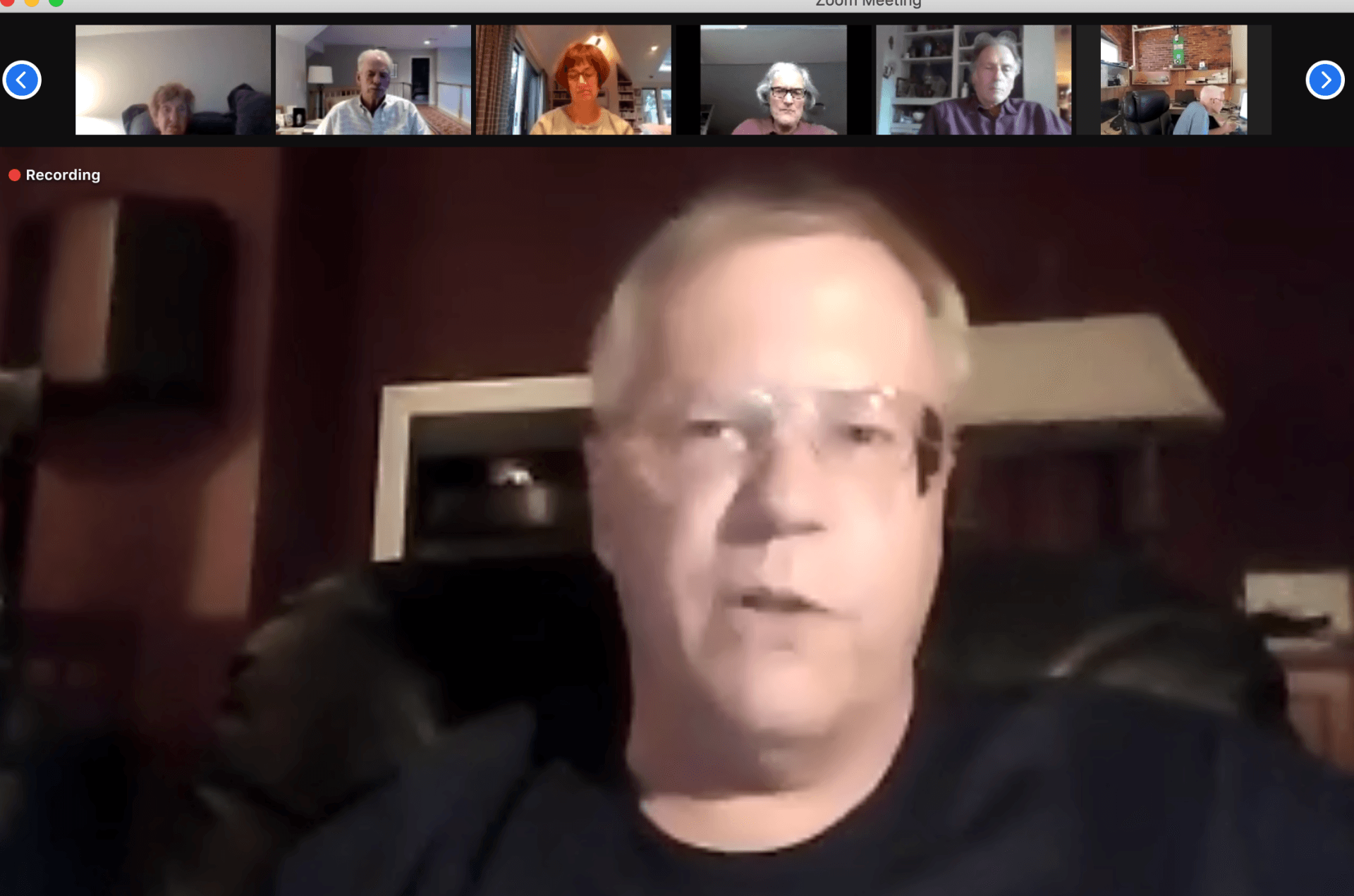
For the past 19 months, C-10 has become a ZOOM organization. COVID-19 shut down our in-person meetings, but it definitely has not shut down our actions or our effectiveness!
C-10, with the superb leadership of our Executive Director Natalie Hildt Treat, has won a number of grants: from the Quaker Hill Foundation, the Institution for Savings, the Virginia Wellington Cabot Foundation and the New Hampshire Charitable Foundation. Further, in fiscal year 2022, the Commonwealth of Massachusetts has allocated additional funds allowing C-10 to invest in new monitoring equipment.
We have a pending grant from the Massachusetts Clean Energy Center that would enable us to begin climate resilience upgrades to ensure that severe weather doesn’t take out our ability to monitor airborne radiation levels.
Every one of these grant successes is backed by almost painfully detailed, demanding, thorough and lengthy form-filling-out and letter writing, supported by multiple pages of C-10 financial details. Natalie is a star at this.
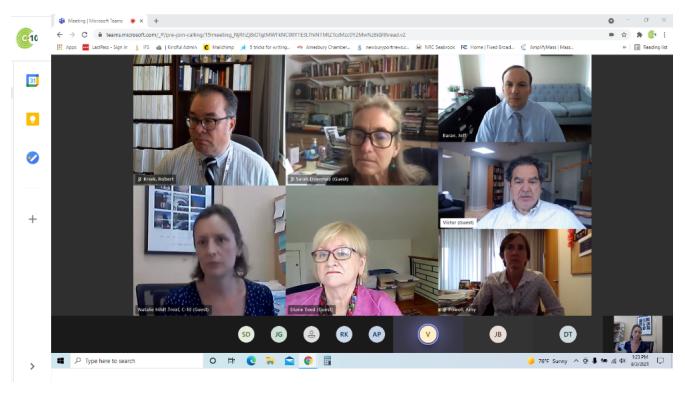
In the past few years, C-10 has solidified and expanded our relationships with elected and appointed officials. In July, C-10 met virtually with NRC Commissioner Jeff Baran in preparation for his visit to the plant to see ASR with his own eyes—Seabrook is, after all, the first reactor in the nation known to have ASR. It likely won’t be the last.
We’ve worked closely with the Massachusetts and New Hampshire congressional delegations , conducting several briefings for aides and including nuclear power experts Paul Gunter and David Lochbaum sharing their insights. At present, Senator Ed Markey’s team is preparing a joint letter advocating stronger action by the NRC on the concrete issues at the plant.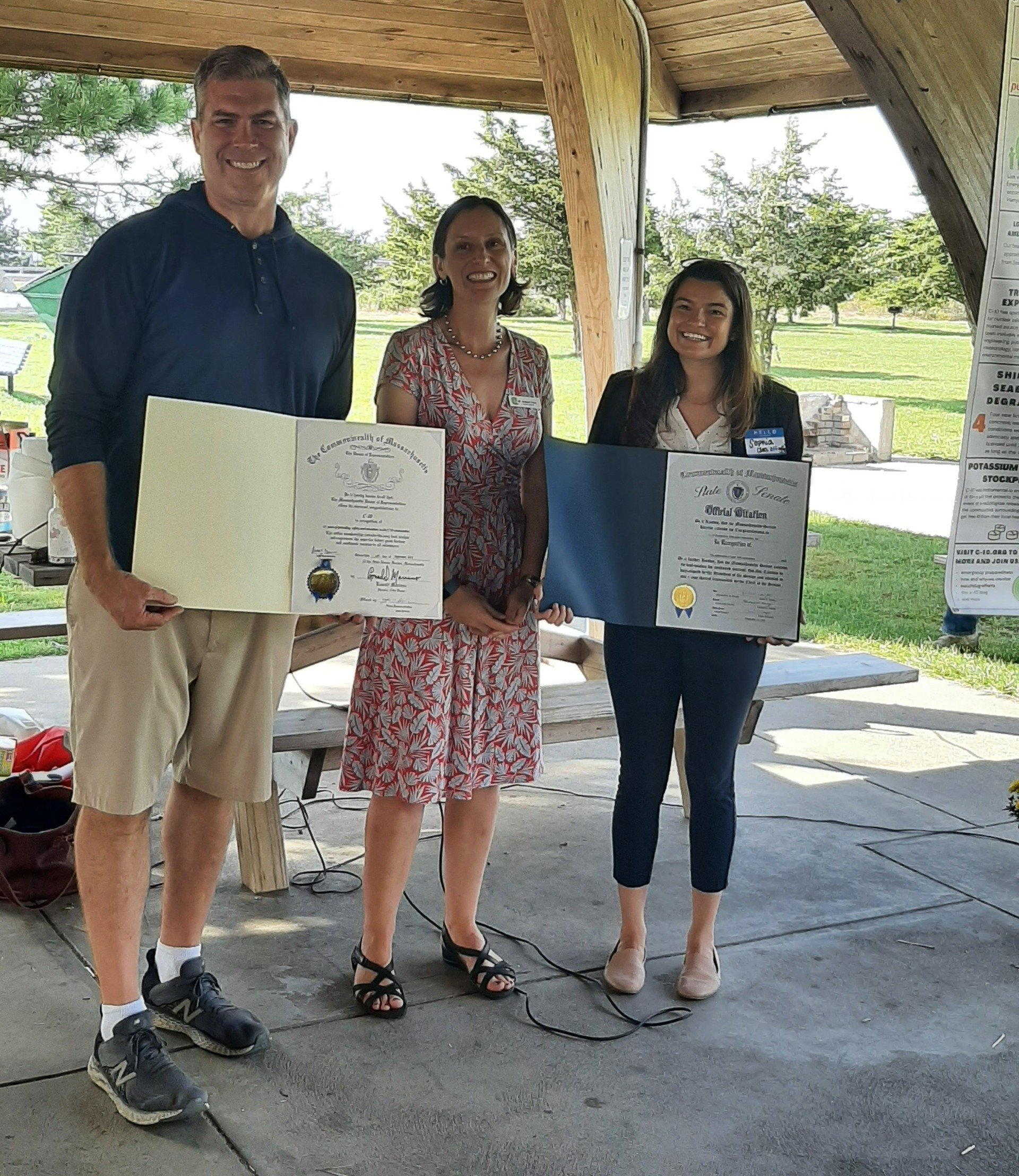
State Senator Diana DiZoglio and Representative James Kelcourse have been helpful in securing and expanding our Massachusetts state funding, and we’ve stayed in touch with local officials as well—on issues relative to potassium iodide availability, what’s happening with Seabrook’s concrete, and more.
Communication with Seabrook’s resident inspectors is frequent and effective, though we wish their quarterly inspection reports had more detail and teeth when it comes to disturbing findings.
We’ve done all we can to maintain a public presence during COVID time, hosting and participating in some open houses and networking events, offering online meetings and information sessions to business and service groups, students, retirees, and of course holding our own annual ZOOM public meeting in June.
We are active on social media, out there on traditional media– garnering coverage from WBZ-TV, WBUR radio, local and regional newspapers, and several national trade publications as well.

One current C-10 project is to make our monitoring network climate resilient via a system of solar power, batteries and radio communication. And look at our team: we have fabulous staff in Natalie and Mike Mansir, and helpful consultants. We have increased the professionalized our processes and procedures.
And we celebrated all this—our years of hard work, successes and dedication, history and current actions—in September on the most gorgeous Saturday afternoon at our 30th anniversary celebration at Salisbury Beach State Park. As founding Executive Director Sandra Gavutis said, it felt like a family reunion.
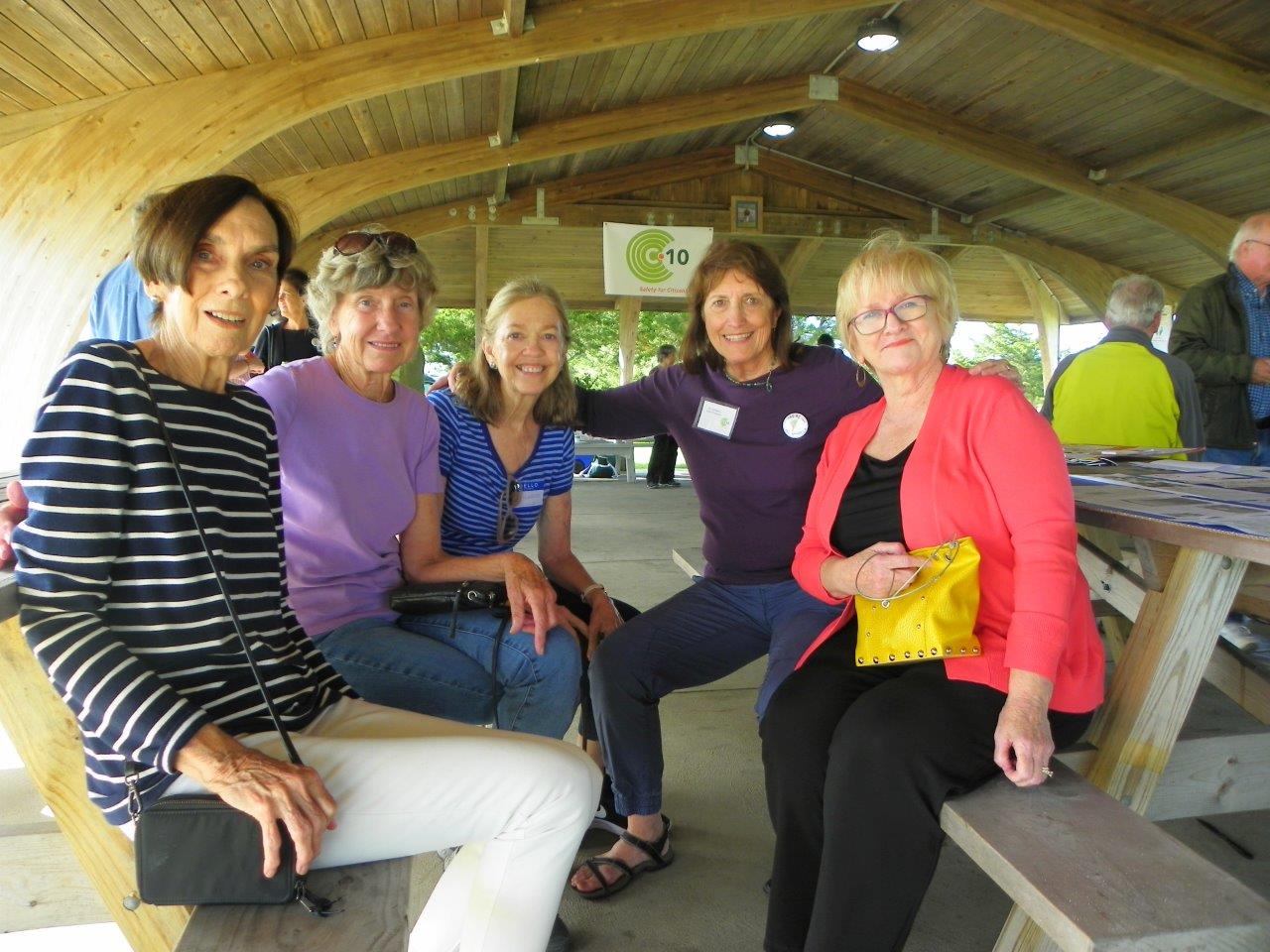
What comes next? We are taking a stand on issues of environmental justice , specifically the location of anticipated high-level radioactive waste storage sites, anticipating how to pressure the NRC to enact regulations around ASR and testing every nuclear plant in the country for ASR, strengthening the monitoring network, conducting new environmental research, and anticipating a regional electric grid that one day may not include Seabrook Station if ASR or other safety concerns prove technically or financially insurmountable.
As Natalie said the other day, C-10 “is punching way above our weight.”
I’m proud to help lead this vital organization, and I’m committed to ensuring that C-10 can meet the challenges of the future by broadening our reach and strengthening our funding base.

Inspired? Please make a gift to C-10 to ensure our important work continues!
Follow us

